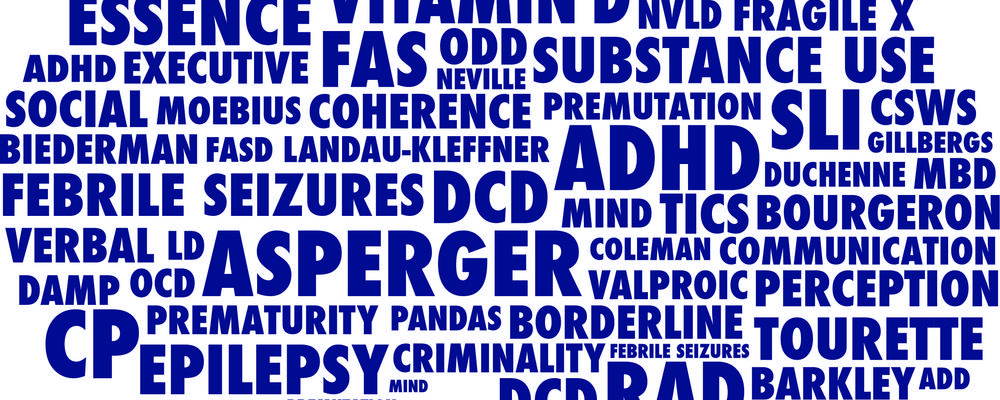
Black or white
Eva Billstedt's latest blog entry
[Posted on 16 January, 2018 by Eva Billstedt]
“Black-and-white thinking” is a commonly used term in psychiatric services, referring to a dichotomous way of thinking where people assess situations and thoughts as black or white, excluding any nuances or shades of grey. This type of categorical, dichotomous thinking is often described as a symptom of certain disorders, primarily borderline personality disorder, but both clinical data and research findings indicate that people with autism may sometimes also have this sort of black-and-white way of thinking.
The need to categorise different phenomena is a fundamental mechanism of human beings. Through categorisation we identify certain characteristics that we consider more or less equal and thereby we are able to get a more manageable basis for our assumptions. Our psychiatric diagnoses are generally categories of symptoms or behaviours that have been grouped together. These diagnostic categories have changed over time both in terms of terminology and symptom clusters, usually (though not always) in line with steadily increasing knowledge from research and clinical data. A diagnostic category does not constitute any absolute truth about any given individual, but rather an up-to-date description of what constitutes a disorder or mental illness, and often – though not always – requires that the symptoms do not exclusively manifest in connection with some other diagnosis.
We have recently performed a study where we have focused on the prevalence of autism among children with selective mutism. Selective mutism refers to being unable to talk in specific situations in spite of having relatively good language skills. In our clinical experience, some children may have both selective mutism and autism, and these children are often especially severely impaired. The study showed that it was very common for children with selective mutism to also have autism. When we communicate our results to other researchers, we are sometimes met by the same kind of categorical thinking that I mentioned previously. We are told that one cannot have more than one diagnosis, either one has selective mutism or autism, not both. We are also told that if one has both selective mutism and autism, the selective mutism should be attributed to the person’s autism. It is possible that we are wrong, and that the criteria of the diagnostic manual (DSM) have outlined human behaviour so perfectly that one cannot have both autism and selective mutism simultaneously. Perhaps my colleagues and I have got our diagnoses mixed up? In the end, we do not think this is the case, and we hope that the black-and-white way of thinking will not dictate “expert” assumptions about the state of things (i.e. the diagnoses and the patients).
[This is a blog. The purpose of the blog is to provide information and raise awareness concerning important issues. All views and opinions expressed are those of the writer and not necessarily shared by the GNC.]